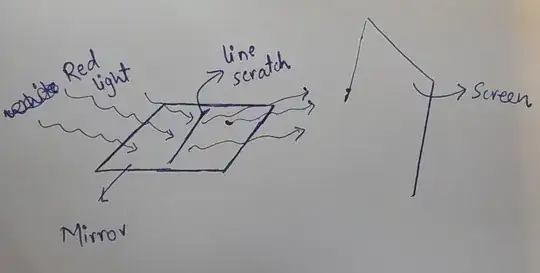I was going to say no before I set up the apparatus.
I have used scratches made on a mirror surface to illustrate diffraction from one slit and interference from two slit but this is with light after it has passed through the mirror.
With reflected light from a mirror with two scratches on it I can get two slit interference but, as might be expected, the contrast is not as good.
I arranged for the mirror to be over the edge of a table and shone the laser beam, which was almost parallel to the mirror at the two scratches.
I could then see two interference patterns with the diffraction envelope, one above the plane of the mirror (reflected light) and one below the plane of the mirror (transmitted light), on a white wall close to the arrangement.
This arrangement made it easier for me to know what I was looking for with the reflected light as the transmitted light fringes were so clear.
I then tried the same arrangement with a single scratch.
With one slit there wasw a pattern both by reflected and transmitted light.
